This article was recently published on the online website NYCityWoman.com. The site is temporarily down, but should be up fairly soon.
A recent study found that most adult Americans live within 25
miles of their mothers. Surprising to me, since I know practically no one who
fits this description, mother or child! My friends’ children more often live in
other cities, other states, or other countries.
Of course, as researchers tend to do, the two economists
who wrote the report, Robert A. Pollak, PhD, an economics professor at
Washington University, and Janice Compton, PhD, a professor at the University
of Manitoba, tempered their findings by saying that this figure does not hold
up when the children have college degrees. For these, about 50 percent live
more than 30 miles from their mothers and, for married couples, only 18 percent
live within 30 miles of both mothers. Most – but not all -- of the children in
the families I have talked to do indeed have college, and sometimes graduate,
degrees.
“If you go to college, you’re more likely to work away from
the place you grew up,” said Dr. Compton. “Plus, you’re more likely to marry
someone who’s not from your home town or even from your state.” (Or even from
your country.)
When
my daughter Jenny told me over twenty years ago that she and her German husband
were moving from the United States to live in the little town where he had
grown up, I felt bereft. She was pregnant when they moved, and I missed being
able to be with – or at least near -- her at her baby’s birth and later, being
unable to help her with the care of her three children. I was grateful that her in-laws lived close
and could be of great help, but at the same time I envied her mother-in-law,
who saw her grandchildren every day, while I could see them only two or three
times a year.
But
this was not the era of “Fiddler on the Roof,” when Tevye’s daughters left
their shtetl and they all knew they would never see each other again. Nor was
it like the 1950s when my brother Ben moved to Italy from Philadelphia with his
pregnant wife and toddler son to further his art career, and didn’t see his
parents for three years. Middle-class working people like my parents rarely
traveled to Europe then, nor did they chat across expensive transatlantic phone
wires.
I can map changes in family geography from my own history.
My parents lived two doors away from my mother’s mother until she died. Then
they moved to a different Philadelphia neighborhood, within a few blocks of my
mother’s brothers and my father’s mother and sister. But my brothers and I
redrew the family map: I moved to Cleveland, while Ben came back from Italy to
live in Florida, and Carl went to California.
My
youngest daughter lives right here in Manhattan, my eldest lives about fifty
miles away, and then there’s Jenny. Fortunately, my husband and I were able to
visit Jenny and her family at least yearly – and then, when her youngest turned
two, she and the children began spending a month with us here. And then when email, Skype, and cheap phone plans arrived, letting
us talk with Jenny and her children for only pennies a minute or even
for free, they made a huge difference in the ability
to stay in touch.
Like my own parents, no parents of faraway children who
talked to me would have chosen this situation, but we have made our peace with
it in one way or another. What else could we do?
When Betty Mosedale’s daughter Laura told her mother that
she and her family were moving to London because her husband took a job there,
Betty’s first reaction was sadness. Eighteen years later, she says, “The move,
however, worked out wonderfully. They have a rich life, with opportunities for
interesting work, travel, and cultural activities. We see each other several
times a year, and in the summer we spend a month together in our island cabin
in Minnesota.” Betty and her London grandchildren keep in touch by email and
low-cost phone plans (see sidebar), and enjoy the visits going both ways
“across the pond.”
Joan Riegel’s daughter met
her husband-to be when both were in Buenos Aires on Fulbright grants. Joan knew
her daughter had already been stricken with wanderlust, but when she told Joan
that she and her husband would be moving to Germany to live, “My heart sank,”
Joan told me, “even though I told myself, ‘this is not unexpected.’” Joan
visits about four times a year, usually when her son-in-law is on a business trip
so that she can be company for her daughter – and also let her go out while
Joan stays with her granddaughter.
The reasons for many moves revolve around work. As did Claire
Berman’s son’s. He had earned his master’s degree in international relations
and had become an international foreign affairs specialist, so Claire was not
surprised when he and his wife, a human rights specialist with a doctorate in political science, moved to
Switzerland. “I respect the choices my kids have made and the lives they lead,”
Claire said. “But even though we stay in close touch through email, telephone,
and a few visits throughout the year, I wish that I could have been as involved
with the grandchildren as I would have liked to be.”
But work isn’t all. “Rebecca”
(not her real name), a Zionist, encouraged her six children to spend a
year in Israel after high school to experience the country and study Hebrew
texts. Three of the six settled there. She has gone to Israel soon after the
births of all eleven of her grandchildren who were born there, staying there up
to two months at a time. She has continued visiting three or four times a
year for the last twelve years, and welcomes her children and their families
here when they visit.
And Gerry Raker, whose
daughter lives in France, told me, “Since I married I never lived near my own
parents, and living far away in the same country is virtually the same as
living overseas.” I have found this also: it took longer to visit Jenny when
she lived in Oregon and I had to take two flights and drive two hours than it
does now, with a nonstop flight to Frankfurt and a short drive from the airport.
But somehow, living in another country feels farther away.
We have all found some
plusses: when I visit Jenny I usually stay a couple of weeks, and we spend more
concentrated time together than I do with my two other daughters, who live in New
York and New Jersey. Since my U.S. daughters know we can see each other more
often, we do, but rarely for the same kind of extended period. We tend to fit
our time together into hours or days between everyone’s busy schedules and we
don’t pack so much into each get-together. As “Rebecca” said, “When I’m in
Israel, I have taken time off from work and so I’m more relaxed.”
Other parents found other
advantages. One mom said, “You’re exposed to different parts of the world
through your children and your grandchildren, and that’s a plus.” I have piggybacked
vacations in France, Italy, and Holland onto visits to Jenny, so my flight to
Europe does double duty.
Advice? I join the chorus: “Accept the situation with grace. Do all you
can to stay close, plan your visits at their convenience, and welcome them when
they visit you. Make an interesting life
for yourself. Don’t depend on your children to give you a reason for living.
Get together for major events when you can – and understand when this won’t
work out.”
As Gerry says, “You raised
your children to give them roots and wings -- so you can’t complain about the
wings!”
-------------------------
TODAY’S WAYS TO COMMUNICATE INTERNATIONALLY
Each of the following is a little different, so go to the websites
to find the one that works best for you.
Spaxtel:
Through this phone service (www.spaxtel.com),
which I use, you draw from an initial payment of $5, and then add amounts of
either $5, $15 or more at a time, depending on your usage. My calls to Germany
cost 2 cents per minute to a landline and 13 cents to a mobile phone. You can
call from a landline or a smartphone.
WhatsApp (www.whatsapp.com) : I
also use this smartphone app, which lets you phone, text, and share photos free.
Skype (www.skype.com) : a
godsend especially for grandparents of small children, letting you see each
other on your computers, lets them get to know you, and lets you see them. Free
between computers, inexpensive between phones.
FaceTime (www.apple.com/ios/facetime ): Like
Skype, letting you see each other across the miles, which can be used on Macs,
iPhones, iPad, and other products. Free between Apple devices.
PennyTalk (www.pennytalk.com):
calls to Europe cost 2 cents a minute, landline to landline, and 17 cents to or
from a mobile phone.














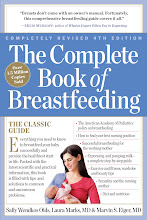







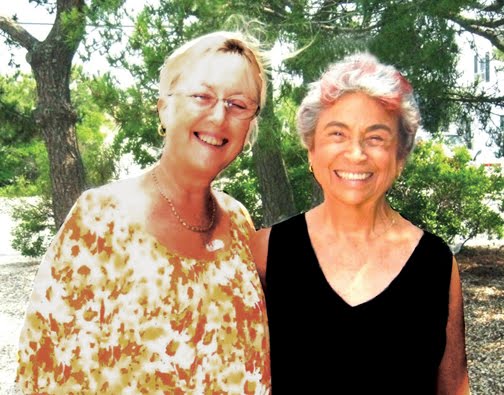.jpg)
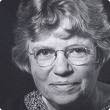


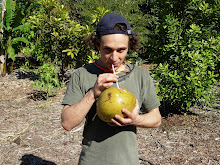

.jpg)
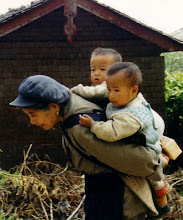.jpg)
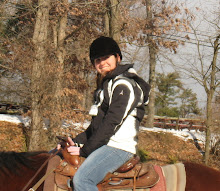.jpg)
.jpg)
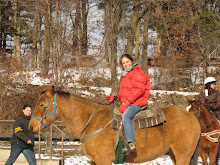

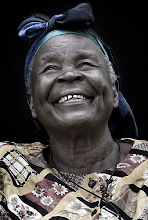

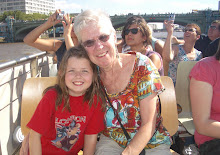.jpg)






.jpg)